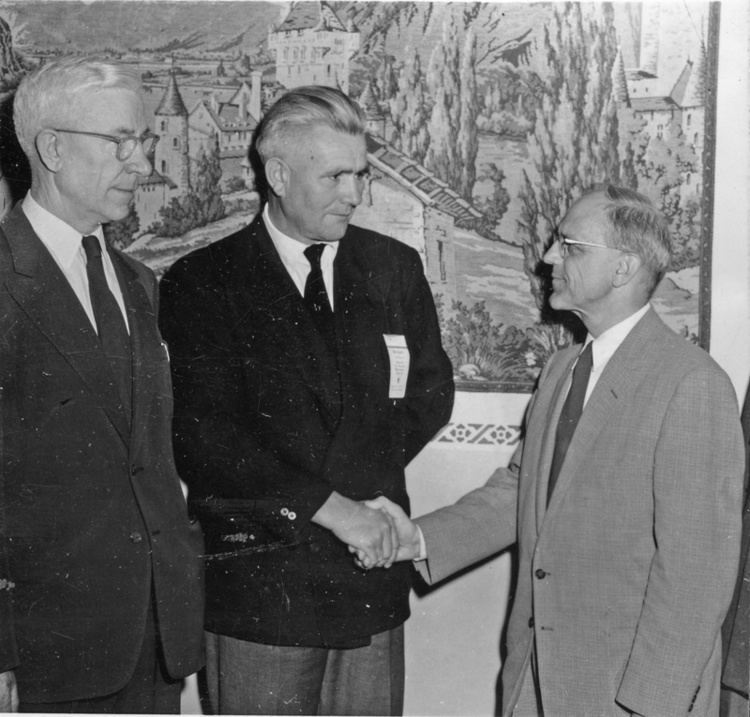 | ||
Mennonites in Uruguay have been present since 1948. They are partly descendants of German immigrants and partly Spanish-speaking Uruguayans of all ethnic backgrounds, that converted responding to the missionary efforts of the German immigrants.
Contents
The German immigrants belong to a group that is often referred to as "Russian Mennonites", because they developed into an ethnic group in the Russian Empire. At the end of the century there were about 1,000 living on Uruguayan territory.
Origin
The majority of the 1,200 Mennonites who came to Uruguay in the aftermath of World War II lived for about 400 years in the Vistula delta until they were expulsed. A minority came from the region around Lemberg. They spoke and party still speak Plautdietsch, the language which developed in the Vistula delta and which until today unites all conservative "Russian" Mennonites, that have their origin in that region.
History
On October 27, 1948 the first group of about 750 arrived in Uruguay. They founded the El Ombú congregation in 1950. The second group of immigrants, comprising 429 persons, arrived 19 October 1951 and founded the Gartental Colony in 1952. A congregation was also organized in Montevideo the same year. The immigrants established three agricultural settlements, that have organized separate producer-consumer cooperatives. Each settlement has a school, retirement center, and a hospital-nursing home. A fourth colony, that is specialized in produce, was founded near Montevideo.
Colonies, membership and population
The immigrants established three agricultural settlements that have organized separate producer-consumer cooperatives. Each settlement has a school, retirement center, and a hospital-nursing home:
In 1986 the four German-speaking congregations had a membership of 525. There were 507 members in the four congregations in 2003, 572 in 2009 and 607 in 2012. Altogether there were 1,457 members in 23 congregations in 2012, the majority not German speaking. Because only baptized adult members are counted, the whole Mennonite population including children is somewhat higher.
Customs and beliefs
Although Uruguayan Mennonites are relatively integrated in the mainstream society, some of them still keep their original Plautdietsch language. There is strong tendency to marry outside the Mennonite community, which indicates a large degree of cultural assimilation. This is in stark contrast to other "Russian" Mennonites in South American countries like Paraguay, Bolivia and Argentina.
